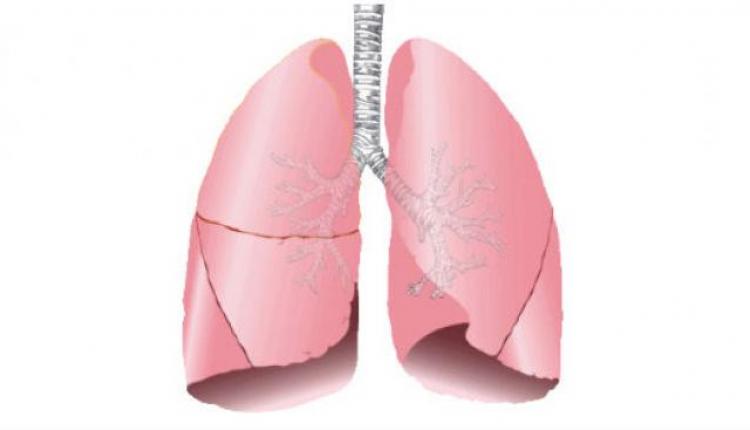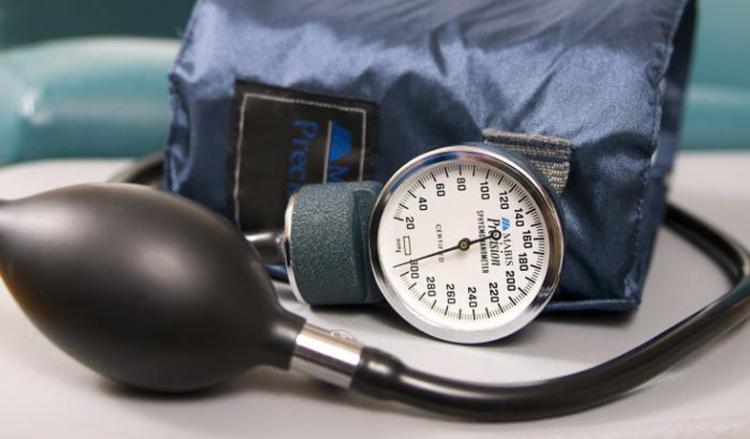Living with Pulmonary Disease

WHAT TO EXPECT AND TIPS FOR MANAGING YOUR SYMPTOMS
If you or a loved one has been diagnosed with chronic obstructive pulmonary disease (COPD), the whole family may be breathing uneasily because you don’t know what to expect. The two most common forms of COPD are chronic bronchitis and emphysema. Chronic bronchitis means that the airways leading to the lungs are inflamed and partially blocked with excess mucus. Emphysema is when the air sacs in the lungs are damaged and trap air. Many people with COPD have a combination of chronic bronchitis and emphysema.
SIGNS AND SYMPTOMS
When less air gets into the lungs, a person can experience a number of symptoms.
- difficulty breathing
- shortness of breath
- wheezing, coughing
- weakness
- exhaustion
- weight loss
- bluish lips and skin
You also may get frequent colds or chest infections. Some people with COPD also have asthma.
TREATMENT
COPD is a progressive, long-term disease. It cannot be cured but it can be managed, especially if you start treatment before the disease is advanced.
Your doctor and your home care team can help you improve your symptoms, slow the disease’s damage to your lungs, and lead a more active life. This usually involves:
- Quitting smoking and avoiding secondhand smoke. Smoking is the leading cause of COPD.
- Taking long-term and quick-acting medications. This includes using an inhaler properly.
- Making changes to your home to remove possible lung irritants. This can help reduce breathing problems.
- Making sure you eat a healthy diet, exercise, and manage stress, as recommended by your doctor.
You are likely to get much better results by combining these approaches than relying on one exclusively.
STAYING WELL
The best way to stay well is to follow your doctor’s treatment plan. You can manage your symptoms and will feel better. You will also slow the disease’s progression and prevent complications (such as respiratory infections, malnutrition, and depression).
Once you start treatment, plan to see your doctor regularly. Your doctor will check to see if your treatment plan is helping to relieve your breathing troubles. Your doctor will likely give you a simple breathing test called spirometry. This measures how well your lungs are functioning. If your symptoms get worse, your doctor also may order a chest X-ray or CT scan.


